Simul Blog
How to start Page Numbers later in your Document
If you have a long Word document that is going to be shared once finalised, adding page numbers gives readers a simple way to navigate through the document, skipping over pages or sections that may not be as relevant to them.

Sometimes you need to re-start your page numbers mid-document. If your document has sub-sections that are likely to be extracted and read on their own, you will need to re-think your page numbering system and possible start back at page1 for each new section. This ensures that if a section is extracted and read on its own, you don’t have a starting page numbered page76, leading the reader to believe they are missing the 75 earlier pages.
Maybe you don’t have a million subsections but you do have a long intro or index page or just want your page numbers to start from page 10, not page 1.
In this post, we will walk you through how to start your page numbers from any page you please. Then, how to re-start your page numbers mid document, sounds complicated but it’s not.
Let us show you how..
Starting Page Numbers from a Specific Page in Microsoft Word
- Open Word
- Click Insert in the toolbar

- Under Insert, Press Header & Footer > Page Number

- Find and click Format Page Numbers… within the drop-down options
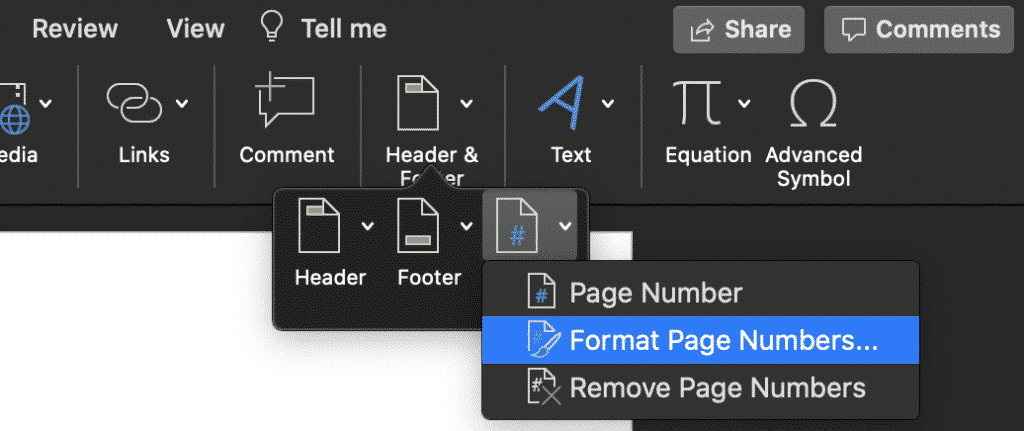
- Type the page you would like to start your numbering on in the ‘Start at:’ Box. In the example below, we selected page 2

- Press OK
You have now successfully started your page numbers from a specific page.
Looking for an easier way to Collaborate and Merge Word Documents?
The most common reason we need to merge multiple Microsoft Word Documents is that you are collaborating on a file with your team and two or more team members made edits at the same time. Leaving you with multiple versions of the same document and no way to easily merge them together.
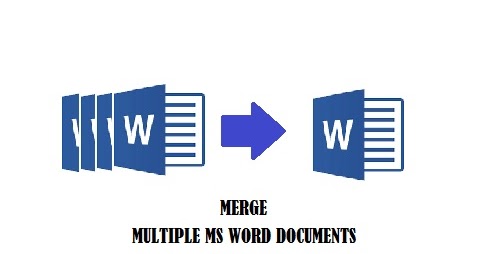
Manually merging your documents by copy-and-paste is tedious, while Microsoft’s insert object tool only allows you to stick one document onto the bottom of another. What about merging them – combining them, paragraph for paragraph and picking up on the tracked changes between the two?
This is where purpose build documents such as Simul Docs really shine.
Simul Docs was built with better collaboration in mind. Making it easy to compare different versions of a document – regardless of whether tracked changes were turned on or not – so you always know what changed, who changed it, and when.
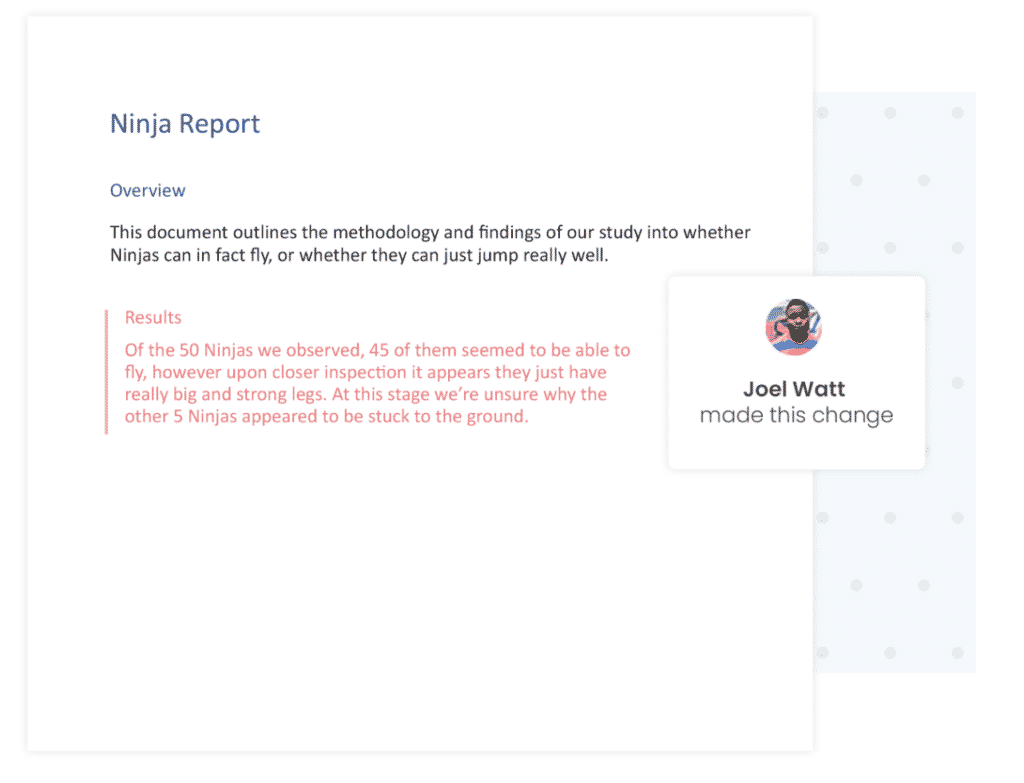
Simul automatically recognises when multiple people are editing the document at the same time, and saves each person’s changes in a separate branch so that nobodys work gets overridden.
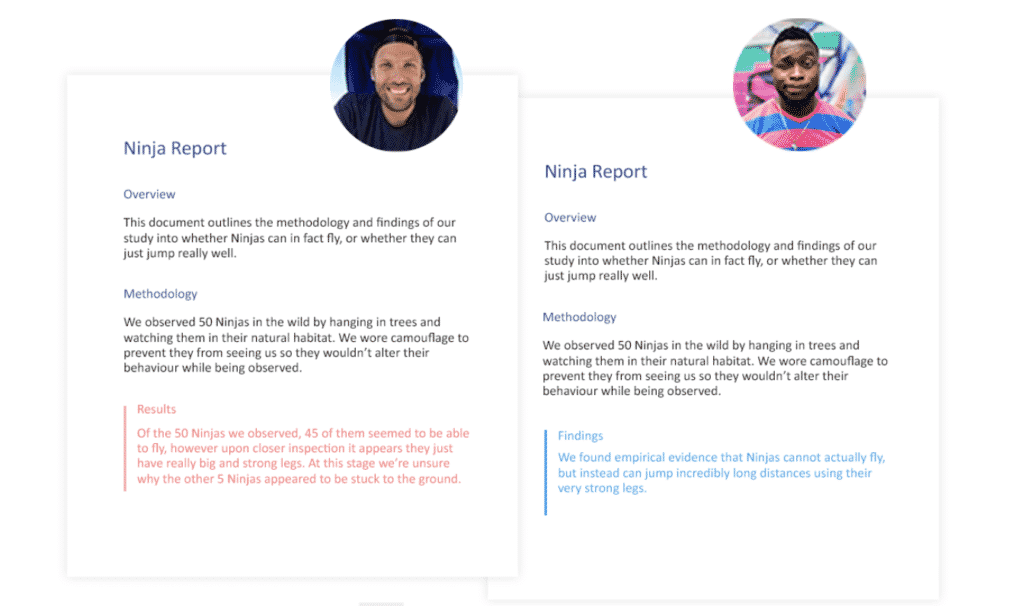
You can then merge these branches in just 1 click, and each author’s changes are marked up as tracked changes in Word, allowing you to easily identify the differences, accept or reject the changes, and fix any conflicts.
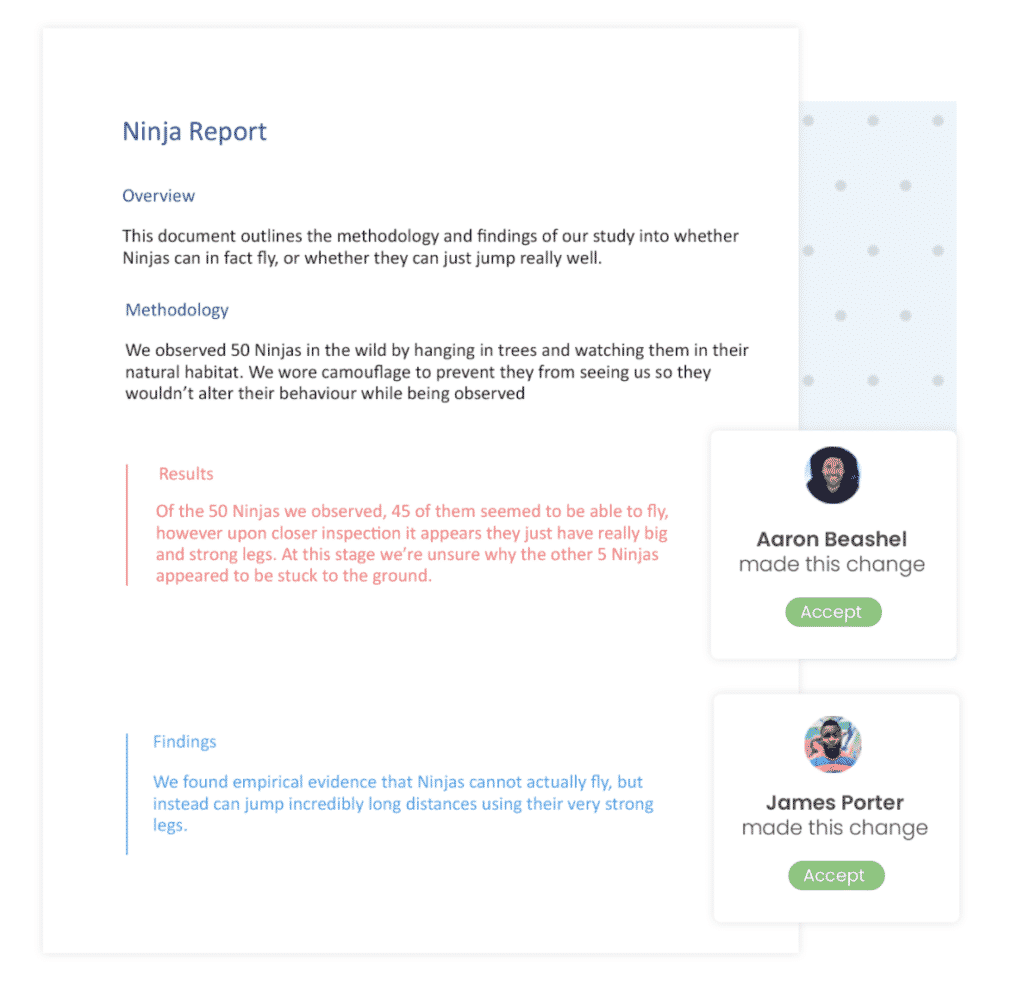
With software like Simul Docs on your team, you can collaborate with ease. Knowing that Simul will track everything for you, manage your version control and allow you to easily merge multiple documents together at the click of a button.
Get Started For Free
See how Simul can help you with a 14 day free trial, and paid plans start at just $15 per month.